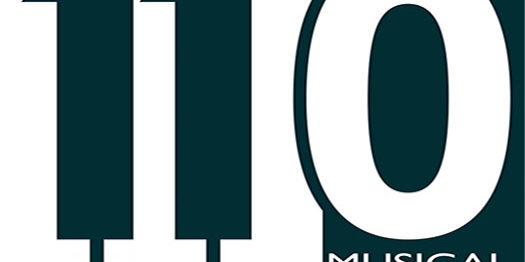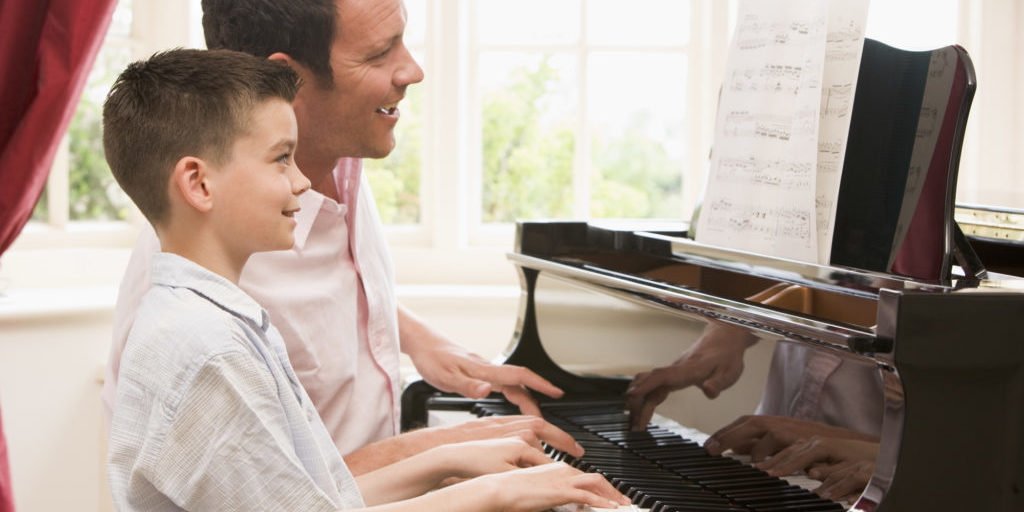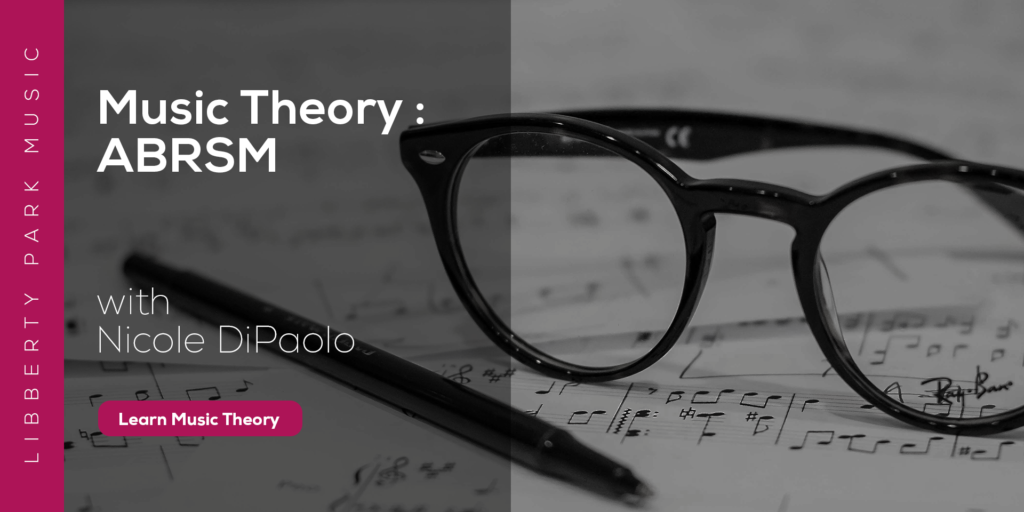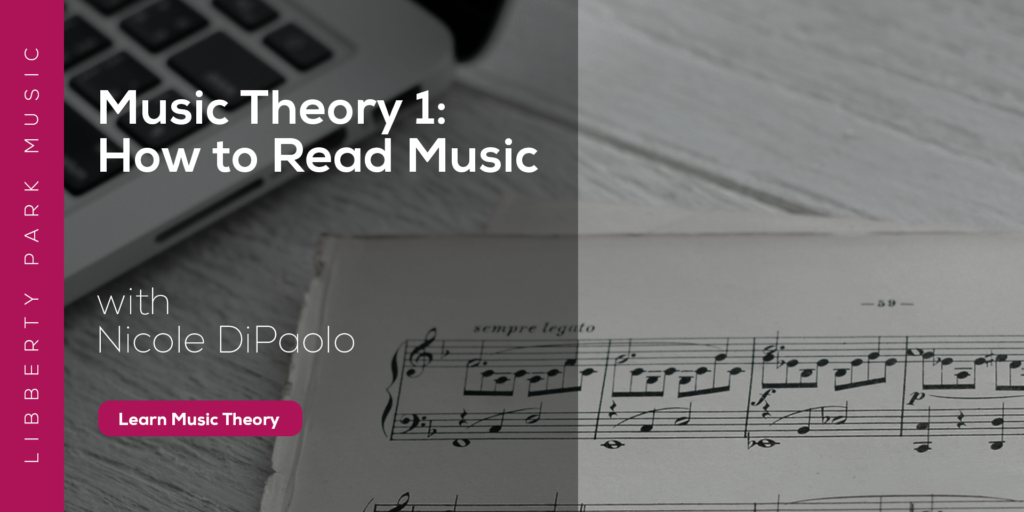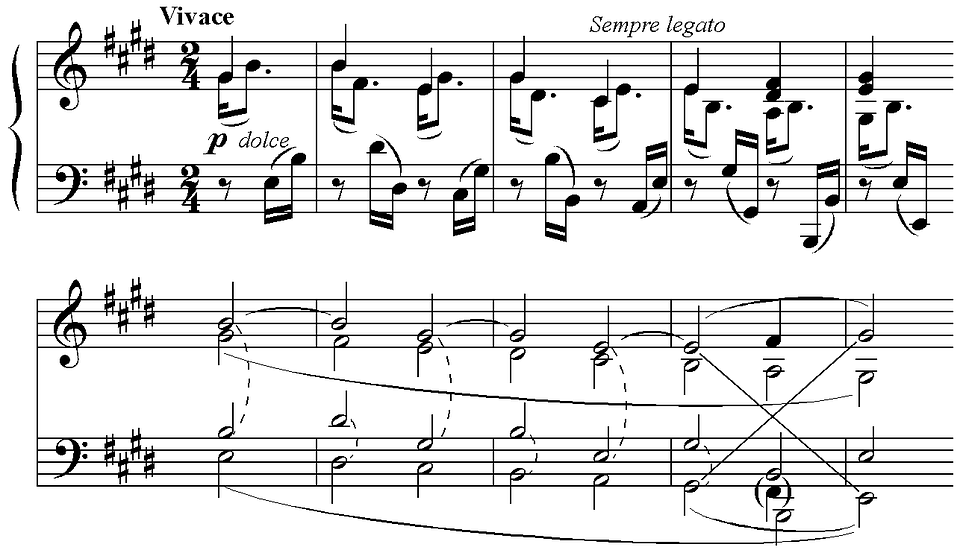
In this article, I focused on grouping together Italian musical terms according to grammatical categories and then showed how we can take ownership of their combinations in a more creative way, rather than just learning them separately by rote.
This article explains the same terms from the grades I - V (ABRSM) but in a different way, namely showing how they share roots with English words. This will help you grasp and remember Italian terms much more easily.
In the left column, I listed the Italian terms in alphabetical order, you will notice that some terms have been left out, simply because there was no direct connection between them and the English words.
In the middle column, I listed the English words that look most similar to the Italian ones, using brackets around letters that are different from the Italian form - again in an effort to show what is similar and what is not.
For example, if the Italian word were ‘affettuoso’ and the English equivalent ‘affectionate,’ the English form would be shown as ‘affe(c)t-ionate,’ with the first four letters in bold being the same as the Italian form and then the fifth being presented in brackets due to its difference (‘c’ instead of ‘t’); the sixth letter in bold would also be the same as the sixth letter of the Italian form, so it would be unbracketed. The last letters of this word are then presented after a ‘-’ because they are unrelated to the Italian form. If the two forms, such as allegro and alacrity, were too different, I would not use brackets in the English form, but only bold font, otherwise alacrity would have to be written like this: al(( )ac)r-ity!
The right column (please click on the right arrow) shows a translation of the Italian terms, with words in brackets showing what category they fall under (e.g. tempo, expression) and giving some examples of the words in a musical context.
I hope that you will find this list helpful and interesting, that it will make navigating Italian musical terms easier, and that it will facilitate your work as you commit these terms to memory.
| Italian | English derivative words (exact or nearest) | Meaning |
| Accelerando | Acceler-ation | Getting faster (tempo) |
| Affettuoso | Affe(c)t-ionate | Tender(ly) (expression) |
| Agitato | Agitat(ed) | (Same as in English). Added to a tempo indication |
| Allegro | Alacr-ity. Italian allegro, meaning ‘jolly’ in common usage, comes from the Latin alacer, which means ‘quick, prompt’ and gives the English word alacrity meaning ‘promptness’ but also ‘cheerful readiness.’ This dual meaning is also true of the Italian word, which means both ‘jolly’ in common usage and ‘brisk’ in musical usage. | Fast (tempo) |
| Amore | Amor(ous) (= of or relating to love) | Love. Used in conjunction with ‘con,’ as in ‘con amore’ (=with love) |
| Anima | Anima(ted); (in)animat(e). These words share with the Italian word the Latin root anima meaning ‘life, breath’ and then more extensively ‘spirit, soul.’ | Soul. Used in conjunction with ‘con,’ as in ‘con anima’ (= with soul) |
| Appassionato ---adverb: appassionatamente | Passionat(e) ---passionately | (expression) |
| Arco | Arc (something curved) | Bow. Refers to playing a string instrument with the bow, as opposed to plucking strings with the term pizzicato. The Italian word still suggests a curved tool, as indeed musical bows were in ancient times, although of course that is no longer the case. |
| Attacca | Attach | (performance indication) Used at the end of a movement/section of a piece to indicate that there is no interruption/halt – the music should follow straight on into the next movement/section. |
| Cantabile | C(h)ant | In a singing style (expression) |
| Capo | Cap-ital letter; cap-ital punishment. Both Italian and English use the Latin root caput, a word meaning ‘head.’ A capital letter stands at the head of a sentence; a capital sentence refers to the original meaning of death sentence involving the removal of the head. | Literally= Head Music=beginning (of a piece). Used in the ‘Da Capo al Fine’ sentence, where a performer is required to return to the start of a piece and then finish at the ‘fine’ (=end) marking. |
| Con | Combination, composition, etc. Italian con and English com- both come from Latin 'cum' meaning 'with.' | With |
| Corda | Cord (a string) | String, as in 'una corda' (=one string) pedal on the piano |
| Crescendo (opposite: decrescendo) | Crescent (of the moon, originally referring to the phase leading to a full moon, as though it were “growing”) | Literally= growing; Music=getting louder (dynamics) |
| Dim(inuendo) (more common than decrescendo, though equal in meaning) | Dimin-ishing, dim-ming (= to make something become less bright/strong) | Getting softer (literally = getting smaller) (dynamics) |
| Dolce Adverb --- Dolcemente | D(u)lcet (as in: “Dulcet tones,” meaning “soft/pleasant sounds”) | Sweet / Sweetly (expression) |
| Dolente | Dol-orous (meaning: expressing or marked by misery or grief) | Saddened |
| Espressivo | Expressive | With expression (expression) |
| Estinto | E(x)tin(c)t (same meaning as in Italian) | Extinct; musically speaking, as soft as possible - an expression similar to morendo (=dying) |
| Fermata | F(i)rm (as in ‘well fixed in place’) | Literally = stop (bus stop, braking, coming to a halt) Music=pause or hold |
| Fine | Fin-al, fin-ite | End (e.g. in: “Da Capo al fine”) |
| Forte (Superlative: fortissimo) | Fort-itude (bravery, moral strength) | Literally= strong; Music = loud (dynamics) (superl.=loudest) |
| Forza, sforzato, sforzando | For(c)e, for(c)ed, for(c)ing | Forcing the sound (dynamics) |
| Fuoco | F(o)c(us). In ancient Rome, the focus (=fire) was often at the centre of a hall/home and provided the focus of family life, thus giving rise to the dual meaning of fire AND focus in the Italian word fuoco. | Fire (expression). Used in conjunction with ‘con,’ as in ‘con fuoco’ (=with fire). |
| Giocoso (Pron.: Jo-co-so) | Jocular | Merry, playful (expression, not tempo) |
| Giusto | (J)ust. Notice that Italian ‘Gi’ and English ‘J’ are pronounced the same; the Italian form stems from the Latin ‘justus’, which is also where the English comes from. | Just, right. For example tempo giusto (=right tempo) |
| Grave ---adverb: gravemente | Griev-ous, ag-grav-ated, grav-itas ---Gravely | Serious (expression); Faster than Lento, but slower than Largo (tempo) |
| Grazioso ---adverb: graziosamente Or... Con grazia | Gra(c)io(u)s --- graciously ...With grace | Graceful (expression) |
| Lacrimoso | Lac(h)r(y)mos(e) (= given to tears; tearful) | That causes tears, weeping |
| Largo (hence: allargando) ---adverb: Largamente | Large ----Largely Larg-esse (= generosity) | Faster than Lento (tempo) |
| Legato | Liga-ment, ligat-ure | Literally = tied Music = played smoothly, without breaks in the music |
| Legg(i)ero | Leger line (= light). Read this. | Light, nimble (expression) |
| Lento ---adv.: lentamente | Lent: this word comes from the Old English word lencten = “Spring” (season), which is a fusion of two Germanic words and means, literally, “long day” – due to the lengthening daylight in this season Although unrelated, think of the English word “long” (contained in “Lent”) as expressing the slowness of the Italian word “lento” – this may help you remember. | Slow (tempo) – slower than both Grave and Largo ---slowly |
| Liberamente [adverb] - see Latin ad lib(itum) | Libera-tion (= to help someone/something to be free), Liberal (in the sense of respecting individual freedoms) | Freely |
| Marcato (pron.: Mar-ka-to) | Marked (= very obvious or noticeable) | Literally = strong , distinctive (e.g. of a person’s features). Music = accented, namely stronger than tenuto [ — ] but weaker than martellato [ ^ ]. |
| Marcia (Pron.: Mar-cha) | March | (rhythm) |
| Martellato | M(o)rt-ar (= a bowl wherein food is hammered / crushed) | Literally = hammered. Music = accented (stronger than marcato and tenuto) |
| Meno | M(i)n-us (=less, in a mathetical sense) | Less |
| Molto | Mult-itude (of people, things) | Much ...(in combination, e.g. Crescendo molto) |
| Morendo | Mor(ibu)nd (= in the state of dying, approaching death) | Dying. See Estinto |
| Piano | P(l)ane (= level); P(l)a(i)n (= uninteresting) | Literally/Music = quiet(ly) (dynamics) There is no adverb (“pianamente” does not exist) |
| Più | P(l)u(s) (=more, in a mathematical sense) | More |
| Presto | Pre-(=before)+St(ay). In old, literary Italian it was an adjective meaning ‘ready,’ and then it became an adverb meaning ‘quick(ly).’ The root of the word is the Latin ‘pre + stare,’ literally ‘to stay before/in front’ and then more extensively acquiring a meaning of being ready, first, fast. | Fast(er than Allegro molto) tempo |
| Rall(entando) Rallentare (verb) relates to lento (noun) = slow | ---No connection to English (the abbreviated “Rall.” having no connection to the similar-sounding English word “rally”) | Slowing down (tempo change) |
| Rubato | R(o)b, thus to steal (in this case, to steal time) | Adopting a free, ‘stolen,’ subjective approach to tempo |
| Segno | Sign | Indicating a sign from which one shall repeat a section |
| Sonoro | Sonoro(us). Same meaning in English as in Italian. | Loud, resonant. |
| Sopra | S(u)p(e)r-, as in super-natural (=above, beyond). | Above. Opposite meaning to sotto. |
| Sordino | ---Although there is no immediate connection, the English word “sordid” is related to the Italian “sordo”: both come from Latin “surdus,” and share the sense of darkening (sordid= darkened by dirtiness; sordo = darkened/muted sound perception) . | Music= (play with a) mute. Here, notice how in English the Italian word for deafness corresponds instead to mute. |
| Sostenuto | Sust-ained | Of sounds (expression) |
| Sotto | Su(b)-, as found in the words sub-standard, sub-terranean, etc. (=under, below). | Under. Used in expressions such as ‘sotto voce’ (=below the voice, meaning ‘whispered’). |
| Staccato | De-tac(h)-ed | Detached (expression). Playing notes disconnected from each other, opposite to legato. |
| Stringendo | Stringen(t), meaning ‘marked by tight rules’: it shares the Italian sense of ‘tightening,’ originally ‘tightening with a string’ and then, in a more figurative musical sense, playing things closer together/faster. | Getting (gradually) faster |
| Tempo | Temp-orary (=timed) | Time (e.g. Tempo I, a tempo) |
| Tenuto | Tenu-re (= in the sense of holding office) | Literally = held Music = slightly accented – less so than marcato and martellato. Sometimes it is used in combination with the staccato sign, and the performer will then hold the note a little longer than in a normal staccato. |
| Tranquillo | Tranquil | Calm (expression) |
| Triste | Triste(sse) (= melancholy, sorrow) | Sad, sorrowful (expression) |
| Troppo | Tro(o)p; tro(u)p(e) =a company/ group (of soldiers; of theatrical performers). Italian ‘troppo’ comes from low Latin meaning ‘large group, (of animals)’ and then also ‘excessive quantity’. | Too much. For example, ‘ma non troppo’ (= but not too much) after another musical term, usually a tempo one (e.g. ‘Allegro ma non troppo’) |
| Veloce | Veloc(ity) (=speed; quickness of motion) | Fast. Not a tempo in itself, so not so precisely placed in relation to established fast-tempo words like Allegro, Presto, etc. Because it just means ‘fast’ like in the general Italian sense of the word, it can be used to emphasise an existing fast-tempo marking, e.g. Allegro veloce, or just by itself (and interpreted at the discretion of the performer). |
| Vivace | Vivac(ious) (= lively, sprightly) | Used in conjunction with (usually) Allegro, adding pace to the tempo marking it is added to. |
I hope that you enjoyed this second part of my article and that it will help you in your journey through music theory as well as in interpreting Italian words from a variety of musical scores, both old and new.
Australian composer Percy Grainger tried very hard to Anglicise all Italian musical terms, but this translated form never caught on: musical convention dictates that certain words, even though they may be in a language other than the chief language of that country, need not be translated as they have stood the test of time and they must therefore be learnt, just as they are.
This is why Italian words have also been used in music-making outside Italy for over two hundred years, and why they are still relevant today in music education.

